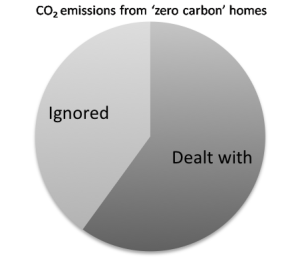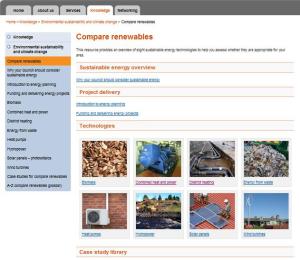
The Berkeley Group recently published Part 1 of a Social Sustainability framework. It provides a list of social sustainability indicators and compares four Berkeley developments with other ‘comparable areas’. This is a great initiative and the efforts should be praised; but the framework does not yet provide enough depth and rigour for others to make use of it. The research finding that first roused my suspicions was in regards to high-density developments.
The report found that residents in two inner city high-density developments reported feeling safer than residents from comparable developments (in England and Wales). And on that basis, Planning Magazine reported that “high-density developments can generate higher feelings of safety … than lower density housing schemes” (link). Continue reading “Inner city high-density may feel safer for two Berkeley Group developments, but can developers learn from that?”





